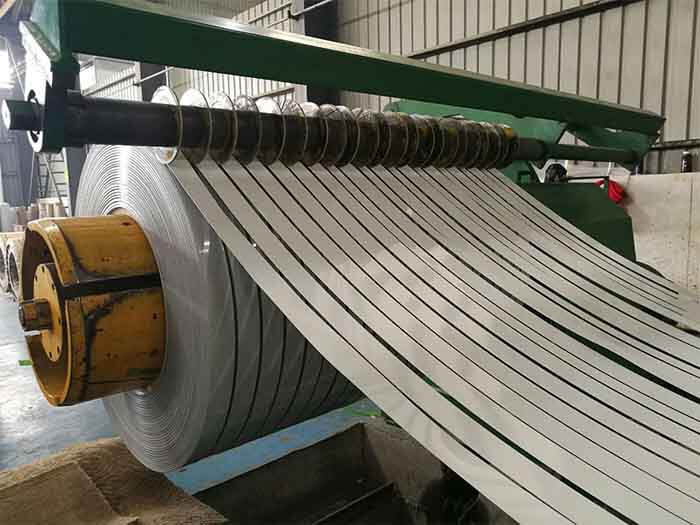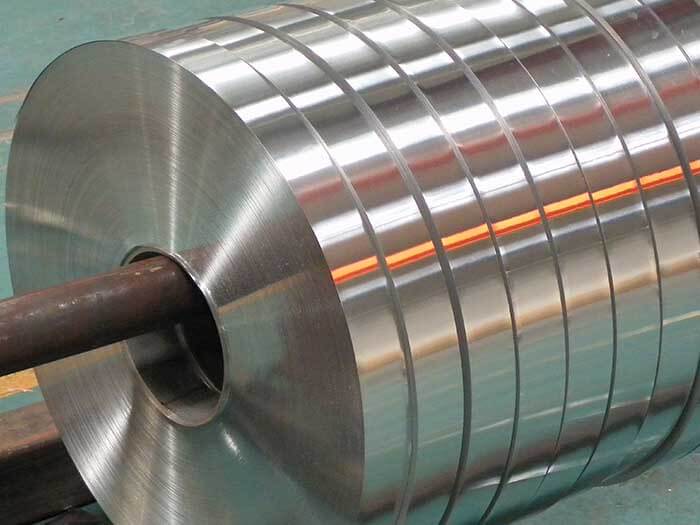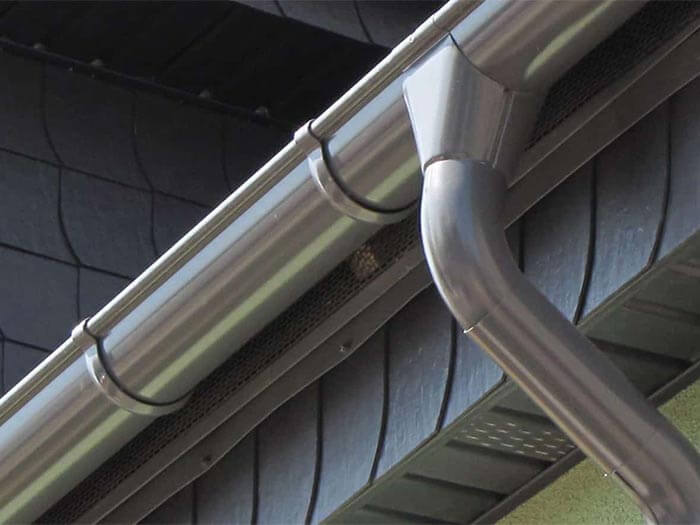Aluminum strips are widely used in the manufacturing and construction industries due to their versatility. Let’s explore the world of Aluminium strips, their types, and how they are utilized across various industries.
Ch'inik aluminio are derived from Aluminium coils, processed to meet specific width requirements. They are produced from pure Aluminium or Aleación aluminio and undergo slitting to achieve the desired dimensions.
| Process Stage | Descripción |
|---|---|
| Rodante | Raw materials are rolled into coils of varying thicknesses and widths. |
| Corte | Coils are then slit longitudinally to produce strips of different widths. |

Aluminium strips come in various grades, each serving a unique purpose, some common grades and their uses::
| Grado | Descripción | Typical Use Cases |
|---|---|---|
| 1050, 1060, 1070, 1100 | High corrosion resistance and formability; low strength requirements. | Widely used in cables, optical cables, blinds, heaters, and Aluminium-plastic composite pipes. |
| 3003 | Ka'anal resistencia ti' le corrosión, Conformabilidad, ka soldabilidad. | Used for parts requiring high corrosion resistance, Utsil conformabilidad, ka soldabilidad. |
| 3004 | Used in chemical production, iluminación, yéetel le industrias le construcción. | Common in chemical product production, lighting components, and building materials. |
| 5052 | High formability and corrosion resistance; Muuk' moderada. | Known for its high formability, Resistencia le corrosión, and moderate static and fatigue strength. |
Aluminium strips are available in different states/tempers based on their annealing process:
| Noj | Descripción | Common Use |
|---|---|---|
| O State (O'olkij) | Easier to stretch and bend; fully soft series. | General applications where flexibility is required. |
| H24 (Semi-Duro) | Somewhat harder than O state. | Applications requiring a balance of strength and formability. |
| H18 (Fully Hard) | Highest hardness among standard states. | Applications where rigidity is paramount. |
The primary equipment for processing Ch'inik aluminio is the slitting unit, which can customize the length and width as per the application’s needs. There’s a growing international trend to replace copper strips with Aluminium strips in electronic products due to Aluminium’s comparable conductivity and lower cost.
Generally, the thickness of aluminum strip is greater than 0.20mm. Je'ele', it can also be less than 0.2mm, which is called aluminum strip foil. Common alloy series include 1000, 3000, 5000 y 8000 serie. Grades 1050, 1060, 1070, 1100, 3003, 3004, 5005, 5052 y 8011 are common.

Aluminium strips are not just limited to industrial applications; they also play a significant role in construction and automotive sectors:

Huasheng aluminum is a company specializing in aluminium strip production. We focus on thin aluminium coils and provide direct processing services for various types of aluminium strips, plates and coils. These strips are recognized for their durability and are available at competitive industry prices, making them the first choice for a variety of applications.
P'iskambal autor © Huasheng Aluminium 2023. Tuláakal le p'iskambal reservados.